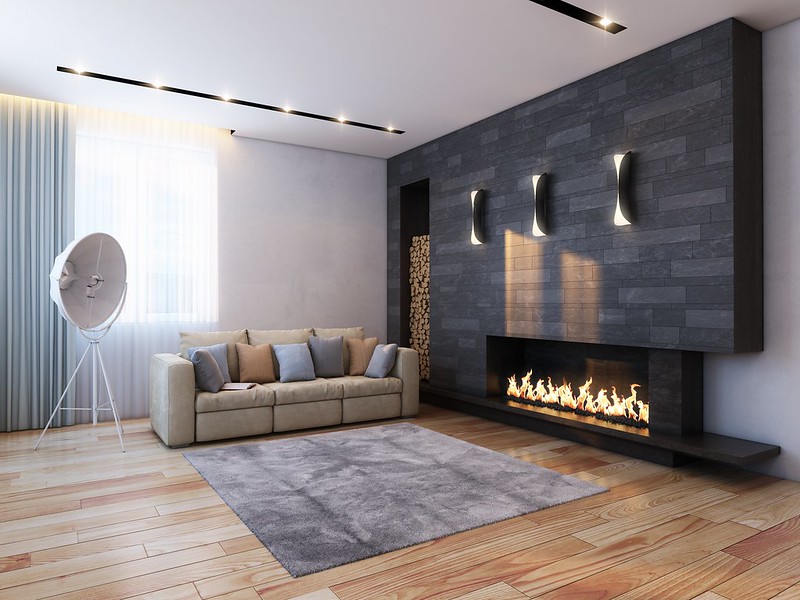In a world overflowing with consumerism, the minimalist lifestyle offers a refreshing alternative. Minimalism isn’t just about owning fewer things—it’s about intentionally focusing on what truly matters. This article explores the principles of minimalism, its benefits, and how to adopt this liberating way of living.
1. What is Minimalism?
Minimalism is the intentional pursuit of simplicity by eliminating excess. It applies to:
-
Possessions – Owning only what you need and love.
-
Time – Prioritizing meaningful activities over busyness.
-
Mindset – Reducing mental clutter and stress.
2. Benefits of a Minimalist Lifestyle
-
Less Stress – Fewer possessions mean less to manage.
-
More Freedom – Less debt and fewer obligations.
-
Increased Focus – More time for passions and relationships.
-
Environmental Impact – Reduced waste and consumption.

3. How to Start Living Minimally
A. Declutter Your Space
-
Use the KonMari Method – Keep only what “sparks joy.”
-
Follow the 90/90 Rule – If you haven’t used it in 90 days and won’t in the next 90, let it go.
B. Simplify Your Finances
-
Cut unnecessary subscriptions.
-
Avoid impulse buying with a 30-day waiting rule for purchases.
C. Digital Minimalism
-
Unsubscribe from unnecessary emails.
-
Limit social media usage.
D. Mindful Consumption
-
Buy quality over quantity.
-
Embrace second-hand and sustainable products.
4. Common Misconceptions About Minimalism
-
“It’s Only for the Rich” – Minimalism saves money by reducing wasteful spending.
-
“It Means Living with Nothing” – It’s about value, not deprivation.
Conclusion
Minimalism is a powerful tool for creating a more intentional, fulfilling life. By letting go of excess, you make room for what truly matters. Start small—declutter one drawer today and experience the freedom of less.
